Optimal Timing for Concrete Leveling
Concrete levelings are most effectively performed during specific times of the year when weather conditions are favorable. Proper timing ensures optimal adhesion and durability of the repair, reducing the risk of future settling or cracking.
Spring and early fall are preferred periods due to moderate temperatures and lower humidity, which facilitate proper curing.
Concrete leveling should be done when temperatures are consistently above freezing and not exceeding high heat levels, typically between 50°F and 85°F.
Dry weather is ideal. Avoid leveling during rain or high humidity to prevent improper setting and ensure the longevity of the repair.
Allow sufficient curing time after leveling, which varies based on material used, but generally requires at least 24-48 hours of dry, stable conditions.

Spring offers moderate temperatures ideal for effective concrete leveling.
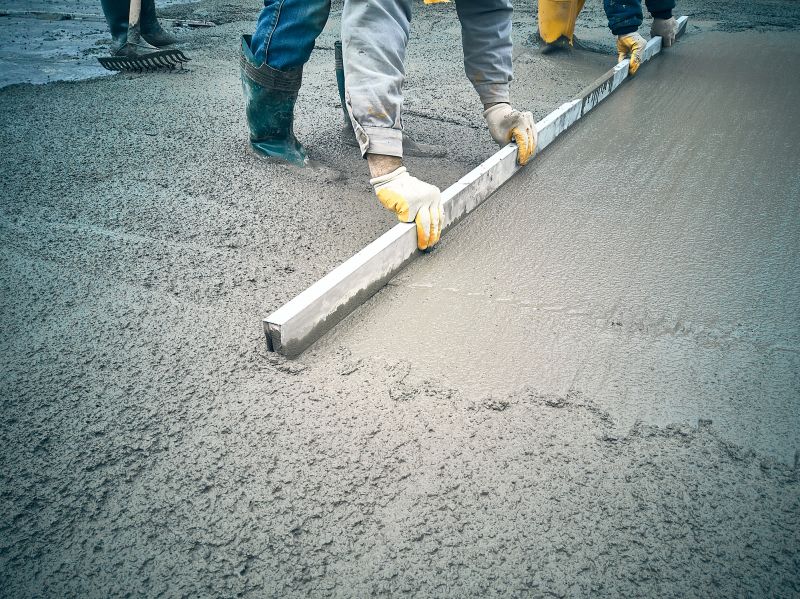
Early summer can be suitable if temperatures are controlled and humidity is low.
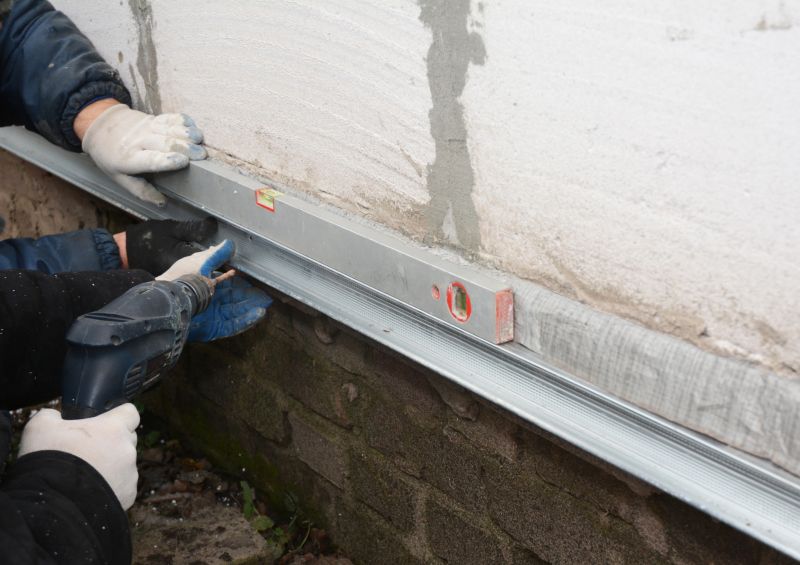
Fall provides cooler, dry conditions favorable for concrete leveling projects.
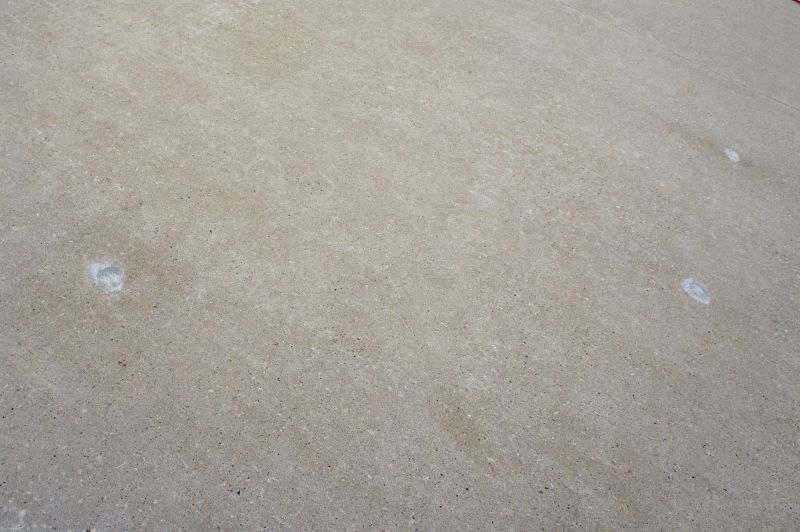
Ways to make Concrete Levelings work in tight or awkward layouts.
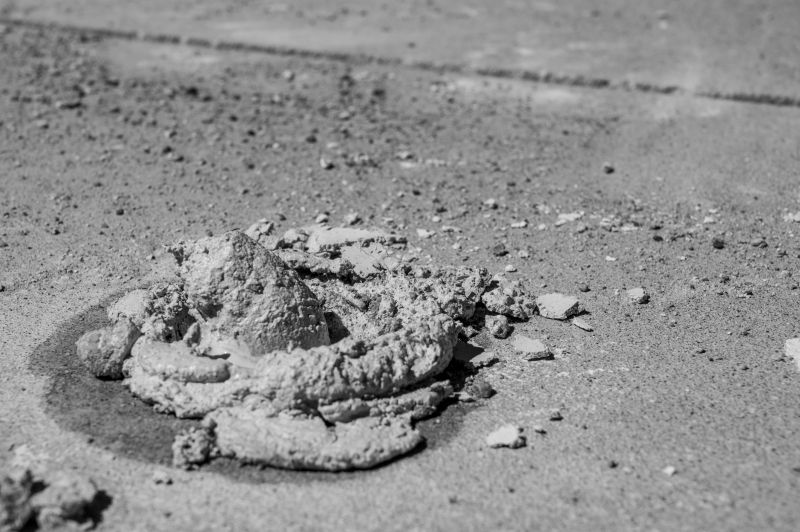
Popular materials for Concrete Levelings and why they hold up over time.

Simple add-ons that improve Concrete Levelings without blowing the budget.
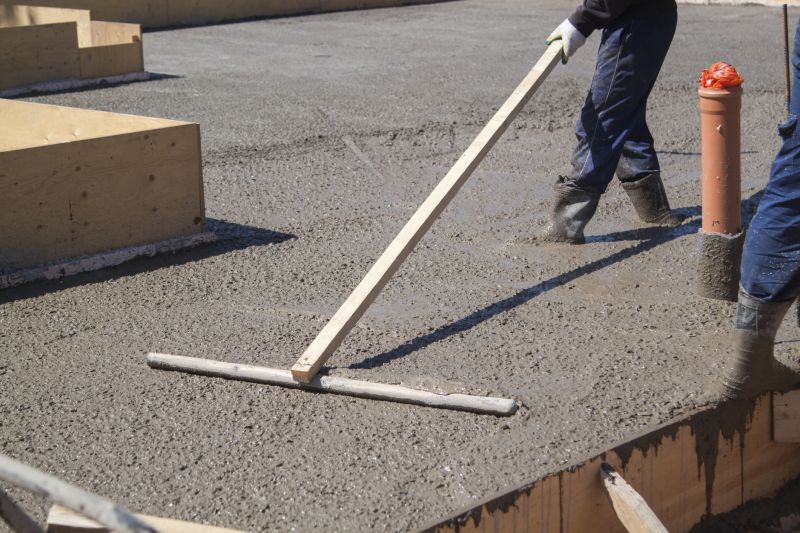
High-end options that actually feel worth it for Concrete Levelings.
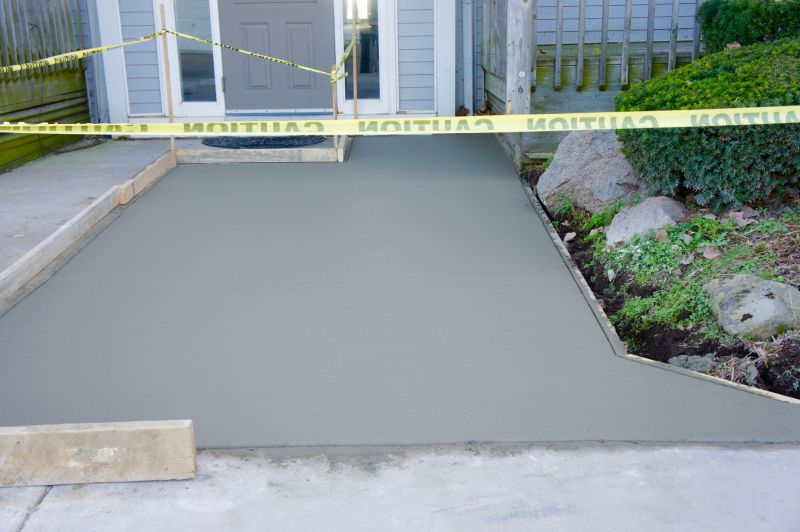
Finishes and colors that play nicely with Concrete Levelings.
| Season | Optimal Conditions |
|---|---|
| Spring | Moderate temperatures, low humidity, dry weather |
| Summer | Early summer with controlled temperatures, low humidity |
| Fall | Cool, dry, stable weather |
| Winter | Not recommended due to freezing temperatures |
| Early Spring | Potentially suitable if weather is mild |
Concrete levelings are a cost-effective solution for correcting uneven surfaces caused by ground settling, frost heave, or poor initial installation. Properly timed repairs can extend the lifespan of concrete slabs and improve safety and aesthetics. The process involves lifting and leveling the surface using specialized materials, often polyurethane foam or other quick-setting compounds, which provide immediate stabilization and minimal disruption.
Statistics indicate that performing concrete levelings during optimal weather conditions can increase the durability of the repair by up to 30%. Scheduling during favorable seasons minimizes the risk of future problems and reduces the need for additional repairs. The effectiveness of the leveling process depends heavily on weather conditions, making timing a critical factor for long-lasting results.
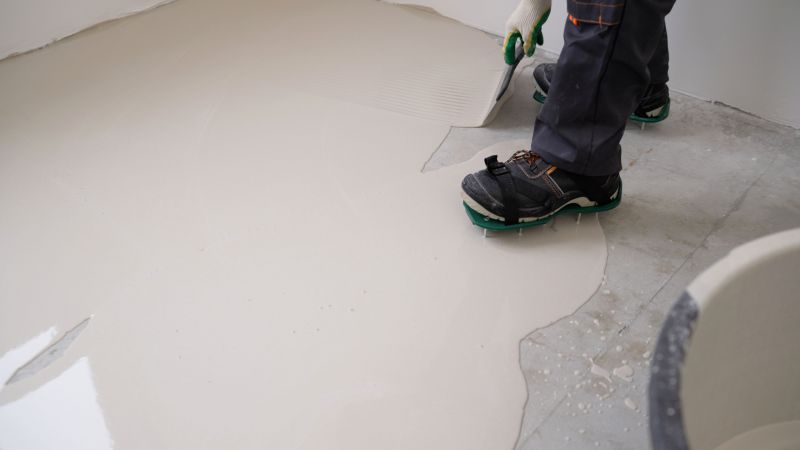
Proper timing ensures effective and durable repairs.
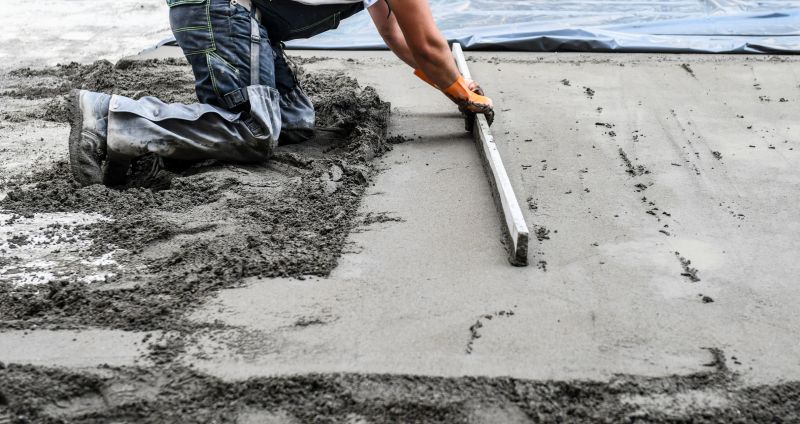
Results are best when performed during suitable weather conditions.
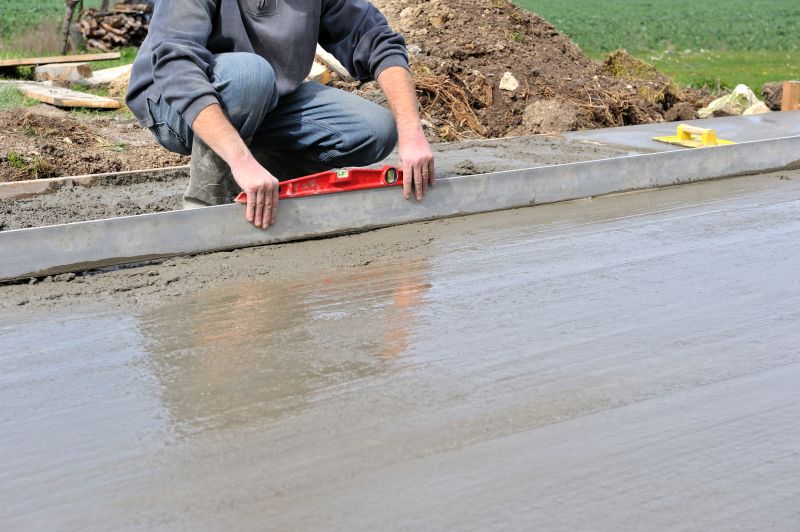
Scheduling during optimal seasons enhances longevity.
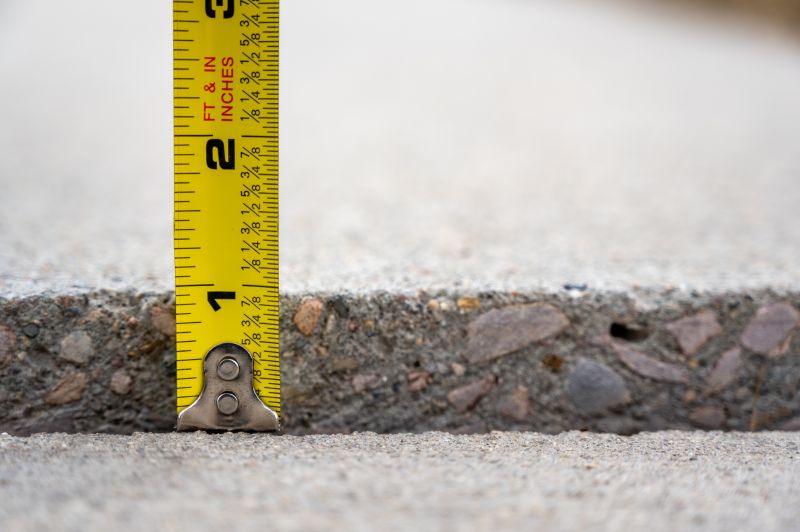
Little measurements that prevent headaches on Concrete Levelings day.

A 60-second routine that keeps Concrete Levelings looking new.
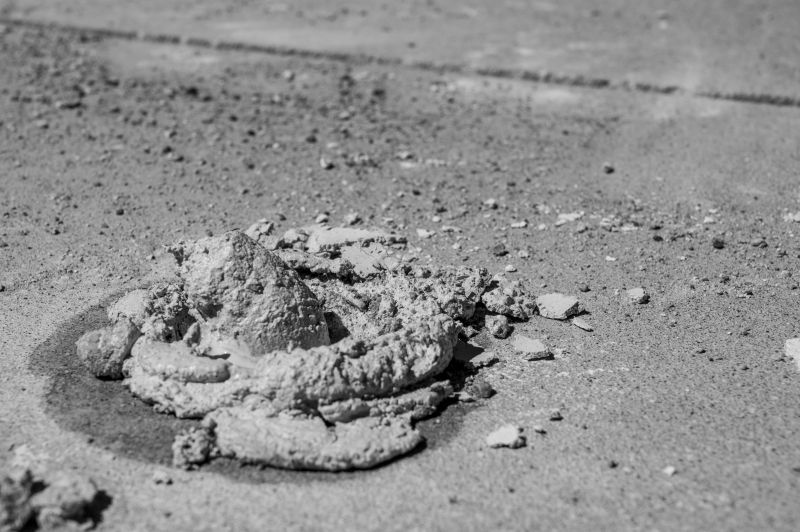
A frequent mistake in Concrete Levelings and how to dodge it.
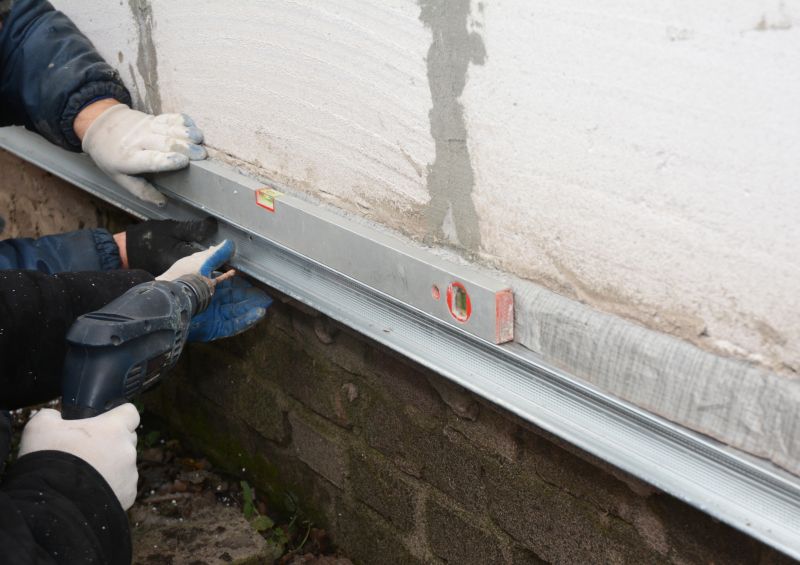
Small tweaks to make Concrete Levelings safer and easier to use.

Lower-waste or water-saving choices for Concrete Levelings.
Interested parties are encouraged to contact for more information about scheduling concrete levelings during the most appropriate seasons to ensure the best results and longevity of the repair work.
